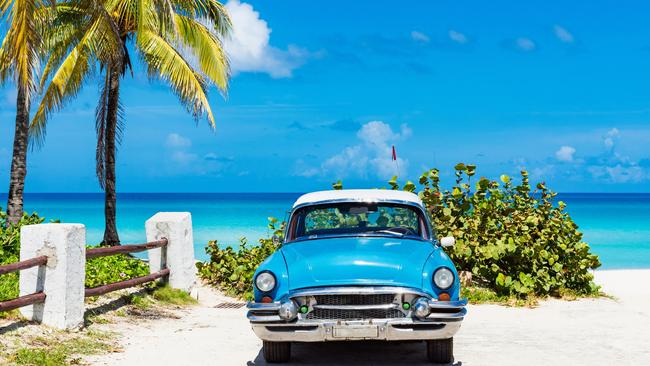
The series lasted only three years but the term “seachange” entered the vernacular; it encapsulated the Australian penchant for – no, obsession with – “lifestyle”.
For 100 years Australians leveraged their prosperity and optimism to create a better version of dour, cramped English cities and pursue the light, space and modernity of our quintessentially Australian suburbia. It might sound twee today but a separate house on a separate block of land was regarded as a great leap forward in quality of life by those raised in the shadow of war and depression.
By the early 2000s, prosperity was being transferred into fashionable weekenders, cafe culture and homewares shopping. So popular was the seachange movement that it spawned the treechange – the idea of escaping to the farm or country retreat, also within striking distance of a capital city.
Americans don’t recognise the term seachange but they happily move to Florida’s coast, or swoop as flocks of retirees known as “snowbirds” into the desert climes of cities such as Phoenix. New Zealanders love their Wanaka baches; east coast Canadians escape to what they call cottage country, whereas on the west coast they prefer cabins.
All of this is context for what I think will unfold in the 2020s, largely as a consequence of our coronavirus experience. The seachange and treechange movements slowed after the global financial crisis as knowledge workers reimagined the ideal of the aspirational Australian lifestyle: live in an apartment, lunch at cafes, cycle (or scooter) to work at a start-up and research the next overseas trip online. This knowledge-worker lifestyle is as evident in London’s Shoreditch and New York’s Brooklyn as it is in Sydney’s Surry Hills and Melbourne’s Fitzroy. But the coming of the coronavirus has threatened the creative fusion and entrepreneurial eclecticism of inner-city living. Put clever and creative people into the inner-city crucible and good stuff flows; that is, or was, the logic of city planners. Now the view could be that the inner-city crucible also offers a greater chance of infection. What is required is the light and space of a country or coastal idyll within striking distance of capital cities.
Here is the logic for a second wave of the treechange/seachange movement pursued by a new generation recoiling from the lockdown and trying to imagine a better way of living. Move to a cute, not-too-remote town with a charming heritage main street (great for Instagram pics). Negotiate a work-from-home arrangement, perhaps coming into the office one day a week. Make sure broadband access is sufficient for your needs. Join a save the wetlands collective.
Perhaps in the 2020s we will see a new generation doing not so much a treechange or a seachange but a knowledge worker wellbeing shift into the healthful and well-spaced climes of towns and villages not too remote from capital cities.




In the late 1990s, one of the most popular television programs in Australia was SeaChange. It told the story of a recently divorced high-flying lawyer, Laura Gibson (Sigrid Thornton), who escaped the city to find community, romance and healing in the mythical township of Pearl Bay. The series was filmed in Barwon Heads on the Victorian coast about 100km from central Melbourne. It was released in 1998, five years after the worst of the last recession; planning for the 2000 Sydney Olympics was under way, the economy was on the upswing, baby-boomers were pushing into their 40s. It was time for something that reflected the zeitgeist.